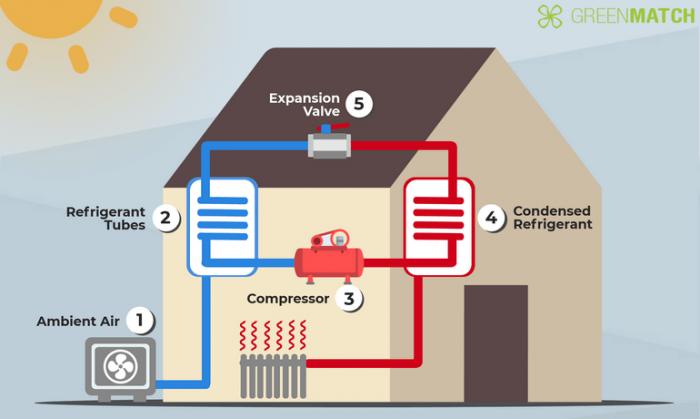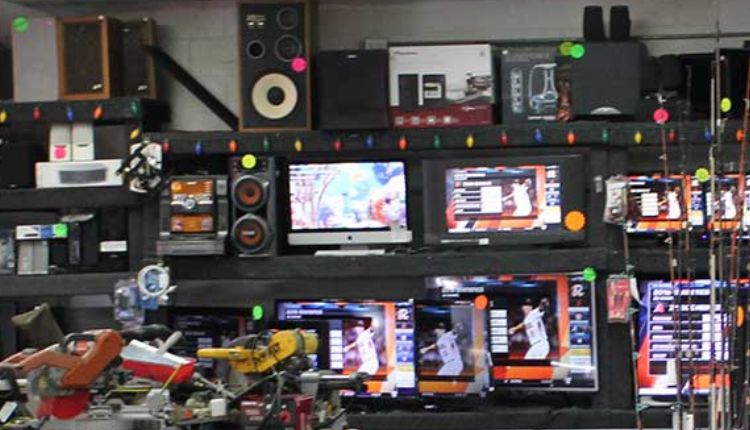
Smart Pole: Revolutionizing Urban Infrastructure
In the era of rapid urbanization, the demand for smarter, more efficient infrastructure is ever-growing. Smart Pole have emerged as a revolutionary solution, integrating various technologies to enhance urban services and improve the quality of life. This article explores the multifaceted aspects of Smart Poles, their features, benefits, and their role in shaping the cities of the future.
Smart Pole: Enhancing Urban Infrastructure
Smart Poles, also known as intelligent light poles, are next-generation urban infrastructure solutions designed to optimize various services through the integration of advanced technologies.
The Evolution of Smart Poles
Smart Poles represent a significant evolution from traditional streetlights. Originally designed for illumination purposes, modern Smart Poles are equipped with a variety of smart features that make them multifunctional urban assets.
Advancements in Urban Infrastructure
Smart Poles signify a paradigm shift in urban infrastructure, offering a wide range of benefits beyond conventional street lighting.
Components of a Smart Pole
A typical Smart Pole consists of several integrated components, each serving a specific function.
LED Lighting Systems
LED lighting systems are a fundamental component of Smart Poles, providing energy-efficient illumination for streets and public spaces.
Surveillance Cameras
Surveillance cameras integrated into Smart Poles enhance public safety and security by providing real-time monitoring of public spaces.
Environmental Sensors
Environmental sensors embedded within Smart Poles monitor air quality, temperature, and humidity, providing valuable data for urban planning and management.
Communication Equipment
Smart Poles often incorporate communication equipment such as Wi-Fi routers and 5G antennas, facilitating seamless connectivity in urban areas.
Benefits of Smart Poles
Smart Poles offer a wide array of benefits that contribute to the development of smarter, more sustainable cities.
Energy Efficiency
The use of LED lighting systems makes Smart Poles significantly more energy-efficient than traditional streetlights, leading to reduced energy consumption and lower carbon emissions.
Improved Safety and Security
Surveillance cameras installed on Smart Poles enhance public safety by deterring criminal activities and providing valuable evidence for law enforcement.
Data Collection and Analysis
Environmental sensors integrated into Smart Poles collect valuable data on various environmental parameters, enabling data-driven decision-making in urban planning.
Enhanced Connectivity
Smart Poles serve as hubs for connectivity, providing Wi-Fi hotspots and supporting the deployment of 5G networks, thereby enhancing connectivity in urban areas.
Applications of Smart Poles
Smart Poles find applications across various domains, ranging from urban lighting to environmental monitoring and communication.
Smart Lighting
Smart Poles serve as intelligent lighting solutions, offering programmable lighting controls and adaptive illumination based on environmental conditions.
Traffic Management
Smart Poles equipped with sensors and cameras facilitate traffic management by providing real-time traffic data and monitoring traffic flow.
Environmental Monitoring
Environmental sensors installed on Smart Poles monitor air quality, temperature, and humidity, providing valuable data for environmental monitoring and management.
Communication Infrastructure
Smart Poles play a crucial role in communication infrastructure, providing Wi-Fi connectivity and supporting the deployment of 5G networks in urban areas.
Challenges and Future Prospects
While Smart Poles offer numerous benefits, their widespread adoption is still hindered by various challenges.
Cost Implications
The initial cost of deploying Smart Poles is relatively high, which can be a deterrent for many municipalities and urban planners.
Data Privacy Concerns
The extensive deployment of surveillance cameras and sensors raises concerns about data privacy and surveillance, requiring robust data protection measures.
Infrastructure Integration
Integrating Smart Poles into existing urban infrastructure requires careful planning and coordination to ensure seamless integration and optimal functionality.
Future Prospects
Despite the challenges, the future looks promising for Smart Poles, with ongoing advancements in technology and increasing demand for smart urban solutions.
Technological Advancements
Continuous advancements in technology, such as the development of low-cost sensors and energy-efficient lighting systems, are expected to drive the widespread adoption of Smart Poles.
Smart City Initiatives
The growing emphasis on smart city initiatives worldwide is expected to fuel the demand for Smart Poles as cities strive to become more efficient, sustainable, and connected.
Conclusion
Smart Poles represent a significant evolution in urban infrastructure, offering energy-efficient lighting, enhanced public safety, and valuable data for urban planning. While challenges exist, the future outlook for Smart Poles is promising, with ongoing technological advancements and increasing demand for smart urban solutions.




